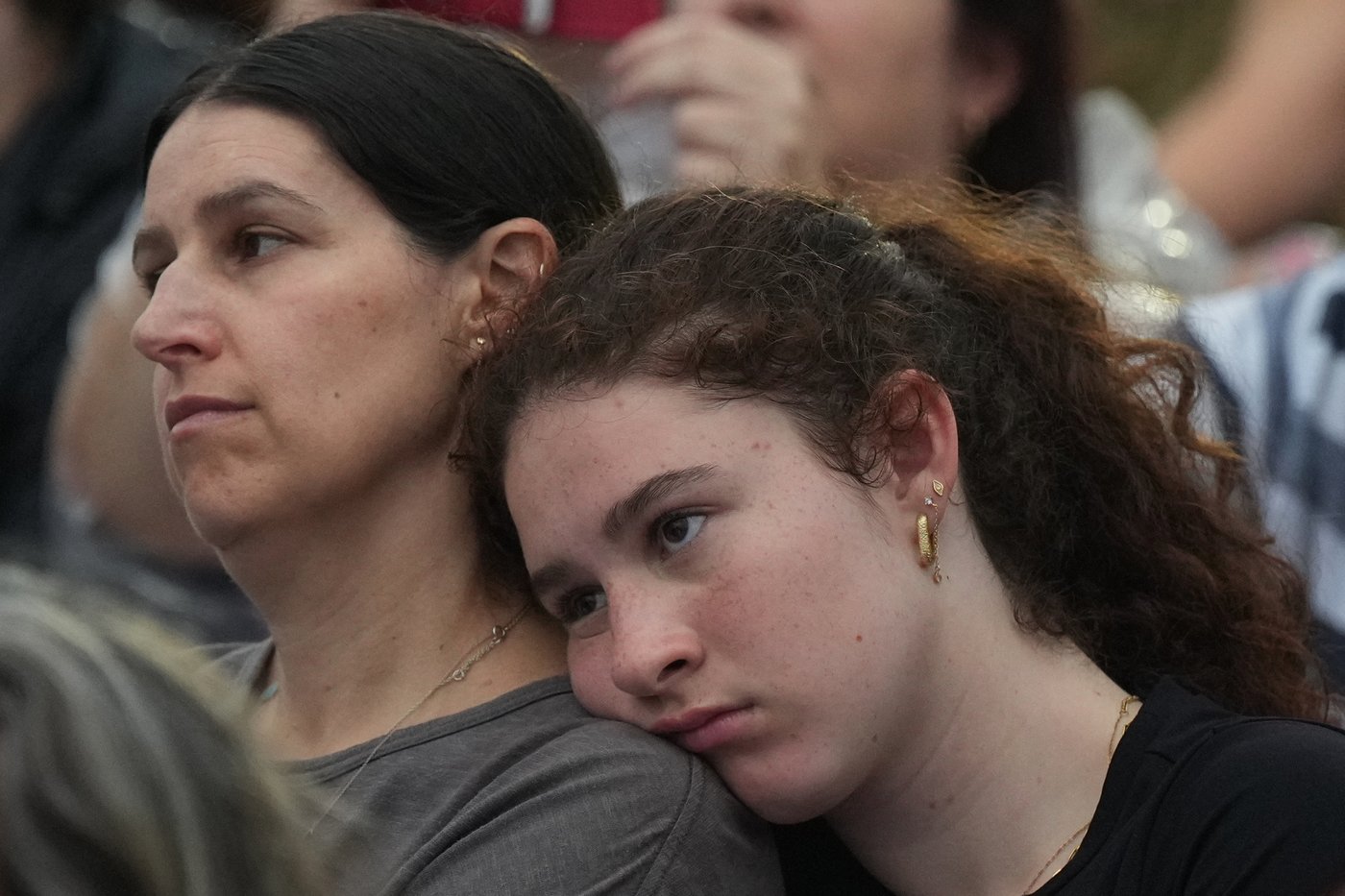How Interior Health's 'complex care' facilities differ from other housing
Interior Health is finally opening its new complex care homes after months of preparation.
In Kamloops, it will include a home for four clients who have some of the highest needs in the community. Mostly, it's people who are homeless and may have been in and out of supportive housing already. These are clients who have serious mental health issues, substance abuse issues or a combination of both.
The need for so-called "complex care" facilities in B.C. have been touted by mayors for months and teased by now-premier David Eby, heeding that call.
Eby announced the province would develop new facilities early last year, while he was the Minister for Housing. The first handful of beds finally opening up in Kamloops and Kelowna this month for the most vulnerable people.
Interior Health was aiming to open the new facilities before this winter, but by the end of this month, they will finally open doors to clients.
Both Kamloops and Kelowna get the region's first facilities, but how do they differ from already-established supportive housing?
Interior Health's director for mental health and substance use Carla Mantie said the small facilities are more like group homes than larger supportive housing facilities like those run by ASK Wellness and Canadian Mental Health Association. Interior Health will also have regular staff visits from a team of social workers, registered nurses, nurse practitioners and psychiatrists. Supportive housing facilities may often contract nurses to visit, but they house dozens of tenants as opposed to the smaller group home facilities.
"We're super excited about it," Mantie said. "Our teams are already looking at what the clinical plans are going to look like."
READ MORE: The price this Kamloops man paid to finally get help for his mental illness
While Mantie said it's likely some clients could have a history with the justice system, there's no formal partnership with B.C. courts or a correctional system since the facilities are entirely health-focused.
By mid-February, Interior Health plans to open another group home in Kamloops. The health authority partnered with Active Care, which operates group homes for youth with disabilities, in order to find the right homes.
Mantie said it's still under renovation and they don't have a date set for its opening, but clients will soon move into the established North Kamloops group home, while some are already moving into one in Kelowna.
Eby's homelessness strategy included complex care sites like these across the province. Although there are sure to be more in larger Lower Mainland cities, he had an eye on Kelowna and Kamloops, too.
They're meant to fill the gap left when facilities like Riverview Hospital closed. The "deinstitutionalization movement" emptied large mental health facilities, but decades later, the smaller "complex care" model is meant to take its place.
“When the big deinstitutionalization movement was popular in the 70s and the 80s, this was the idea, that there would be community-centered services for people who are able to live outside an institution, that there would be mental health supports, that they wouldn’t be left, essentially, to their own devices to try to survive on the street,” Eby told iNFOnews.ca before the new complex care sites were finalized.
READ MORE: 'Further action is still required' before housing can be affordable in Kelowna
“Unfortunately, as we all know, with the closing of Riverview those services never materialized. That human tragedy resulted in a lot of what we still see on the streets of many communities today. That gap has never been filled.”
There will be 20 beds in both Kelowna and Kamloops eventually, all expected to be in small settings rather than larger institutional facilities.
"We're trying to make this as home-like as possible," she said. "For us, this really seems like a bit more of a potential success."
Mantie said Interior Health is collaborating with other organizations to narrow down who would best fit the new programs. The benefit of the program, unlike some kind of treatment facility or rehab, is that it has no timeline for its clients. The treatment teams will "meet people where they're at," Mantie said, so criteria to leave will depend on each person.
She said the "ultimate goal" would make their clients "eviction resistant," and treatment teams will still follow up with those people once they've moved.
READ MORE: B.C. finally has a plan for the most difficult people to house in Kamloops and Kelowna
However, that leaves others who could use that type of housing having to wait until another spot opens.
Mantie didn't say how many people could be on the street or in and out of housing that could benefit from the new group homes.
Interior Health hasn't created any guidelines to determine when a person is ready to move on from the facility, but Mantie said the hope would be a client could be independent enough for market housing or supportive housing, depending on their needs.
She added that while Interior Health has been mired with staffing issues, especially at Royal Inland Hospital, recruitment has been relatively easy for the new facilities.
"People are really excited about it," Mantie said.
There are still open positions and most of the recruits were hired internally, leaving open positions in other departments.
To contact a reporter for this story, email Levi Landry or call 250-819-3723 or email the editor. You can also submit photos, videos or news tips to the newsroom and be entered to win a monthly prize draw.
We welcome your comments and opinions on our stories but play nice. We won't censor or delete comments unless they contain off-topic statements or links, unnecessary vulgarity, false facts, spam or obviously fake profiles. If you have any concerns about what you see in comments, email the editor in the link above.




